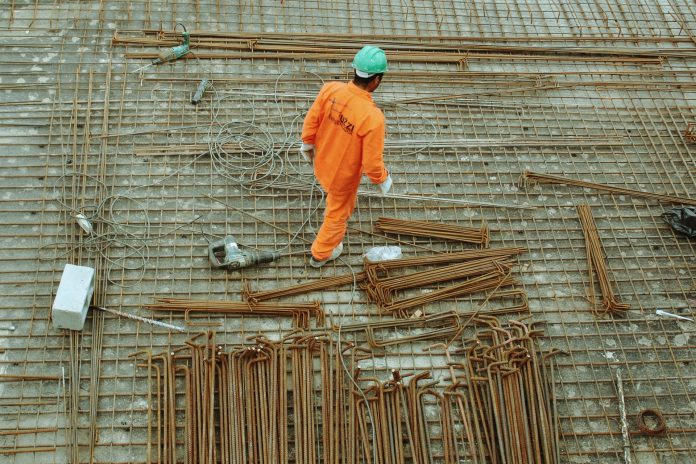A screw pile or a helical pier is made of a steel shaft, to give solid foundation and support it. Also, it has the rounded helix plates for the different structures which are rotated hydraulically into the land for bearing solid rock.
A full helical pier consists of the following from bottom to top:
- The Starter – This is what goes in the ground first with the helix blades.
- The Extensions – The number of these is dependent on how deep the helicals need to go.
- The Pile Cap – Typically ties into the foundation or the foundation rests on it.
Whether you need to use them in multi-tenant buildings, parks, commercial properties, homes or apartments, even in bridges or pipelines, you can use the helical piers in these as well as a ton of different places.
Helical technology has been around since the 1800s. They were used as a type of foundation system during the 1830s, but have gained more traction in recent years as a deep foundation alternative to drilled concrete piers. Here are 7 reasons we like helical piers in comparison to drilled concrete piers.
- No Spoils – With drilled concrete piers you have to auger a hole. When you auger a hole it will produce spoils that you have to haul off. Helicals don’t produce spoils.
- No Delays – With drilled concrete piers you have many trades involved. With helicals there is only one trade. In and out, sometimes as fast as one day.
- No Cure Time – With drilled concrete piers you have to wait on the concrete to cure before you can load the structure. With helicals there is no concrete so you can load the structure immediately.
- One Trade – With drilled concrete piers you have to auger the hole, haul off the spoils, put the rebar in, pour the concrete, and wait for it to cure. With helicals you just have one trade that comes and installs the helicals.
- Eco-friendly – Drilled concrete piers are not eco-friendly because you cannot remove them from the ground once they’ve been installed. Helicals can be removed at a later date, if need be.
- Faster Install – Because helical piers aren’t reliant on multiple trades and good weather they can be installed with the ability to load the structure immediately.
- Year-round Installation – Rain, snow, and other extreme weather conditions won’t delay helicals being installed; they will slow progress with drilled concrete piers.
As you can see, helical piers are a great alternative to drilled concrete piers. Structural engineers are starting to call for helicals as their go-to deep foundation solution or an alternative to drilled piers in their design plans.
All helical solutions are engineered for top-tier reliability and performance. Some companies can provide load calculations, foundation design, quotes for your specific project, and installation for any type of environment.
If you are involved in any type of deep foundation project and have questions or would like to see what helicals would cost compared to other deep foundation solutions, give a call today to 866-HELICAL.
Find a Home-Based Business to Start-Up >>> Hundreds of Business Listings.
















































